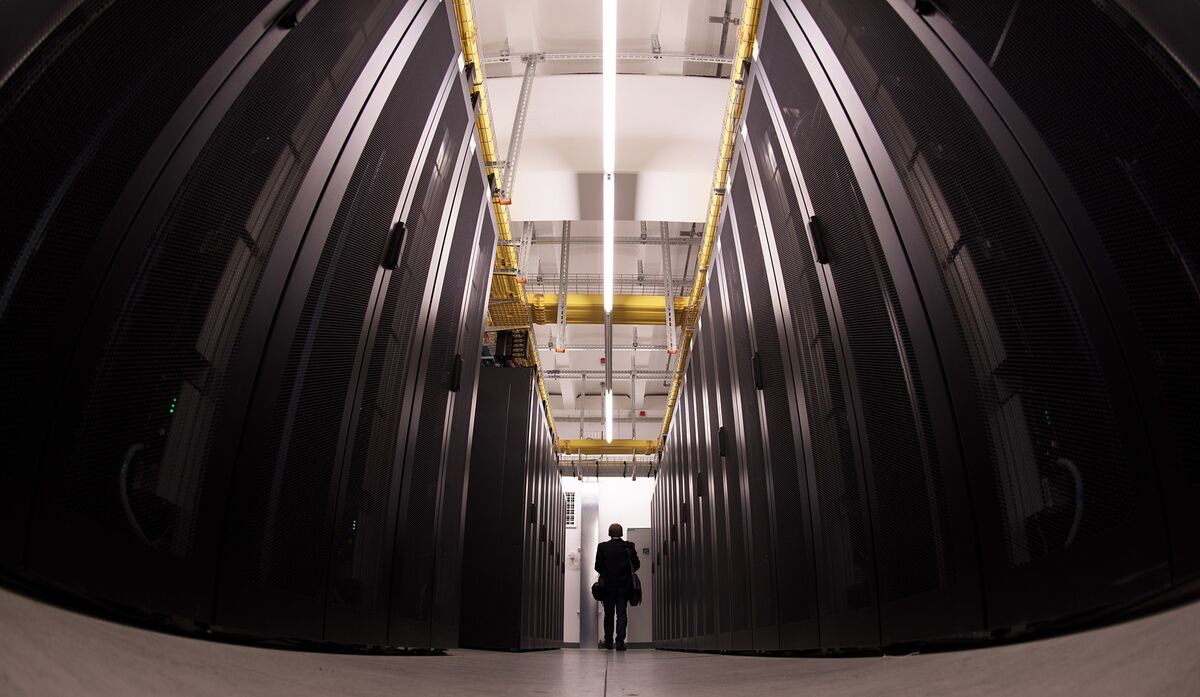SOCIAL MEDIA NEWS
Tech Giants Harness Data Center Heat to Warm Homes: A Green Partnership or an Energy Conundrum?
In the quaint Danish city of Odense, Meta has ingeniously found a way to contribute to the community beyond the digital realm. Since 2020, the tech giant’s expansive data center has been redirecting excess heat, a byproduct of its operations, to warm homes in the district. Odense isn’t alone in this endeavor, with Amazon heating a university in Ireland and Microsoft gearing up to create the world’s largest data center heating system in Finland.
The surge in data center construction, driven by the AI boom, has led to an unintended consequence—excessive heat. David Lunts, CEO of Old Oak and Park Royal Development Corporation, likens data centers to giant refrigerators, releasing surplus heat into the atmosphere. However, developers are now tapping into this resource, using the heat to warm nearby buildings and creating a mutually beneficial arrangement. For data centers, it enhances their green credentials, while developers enjoy a source of cost-effective heating.
In Odense, Meta’s data center provides heat to around 11,000 households, proving the viability of this innovative approach. Patrik Öhlund of Microsoft is replicating this concept in Espoo, Finland, where Microsoft’s data center will heat 100,000 households, marking a significant leap in data center heating systems. This trend is particularly impactful in the Nordics, where communal heating systems are prevalent.
While this partnership between tech giants and local communities holds promise, some challenges persist. In Denmark, where data centers are projected to contribute 14% of total energy consumption by 2030, concerns about the overall impact on the green transition are voiced. Despite the use of renewable energy by data centers, critics argue that the energy needed to redirect heat to homes might offset the environmental benefits.
As the AI-driven data center construction boom continues, the potential for utilizing excess heat sustainably grows. It’s a delicate balance between addressing climate concerns and reaping the rewards of technological advancement. Whether this trend will lead to more green partnerships or pose new energy conundrums remains to be seen.











